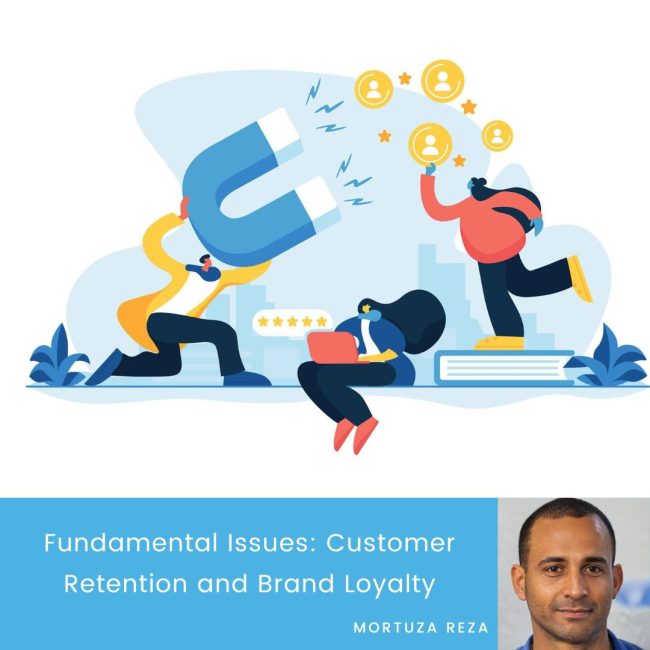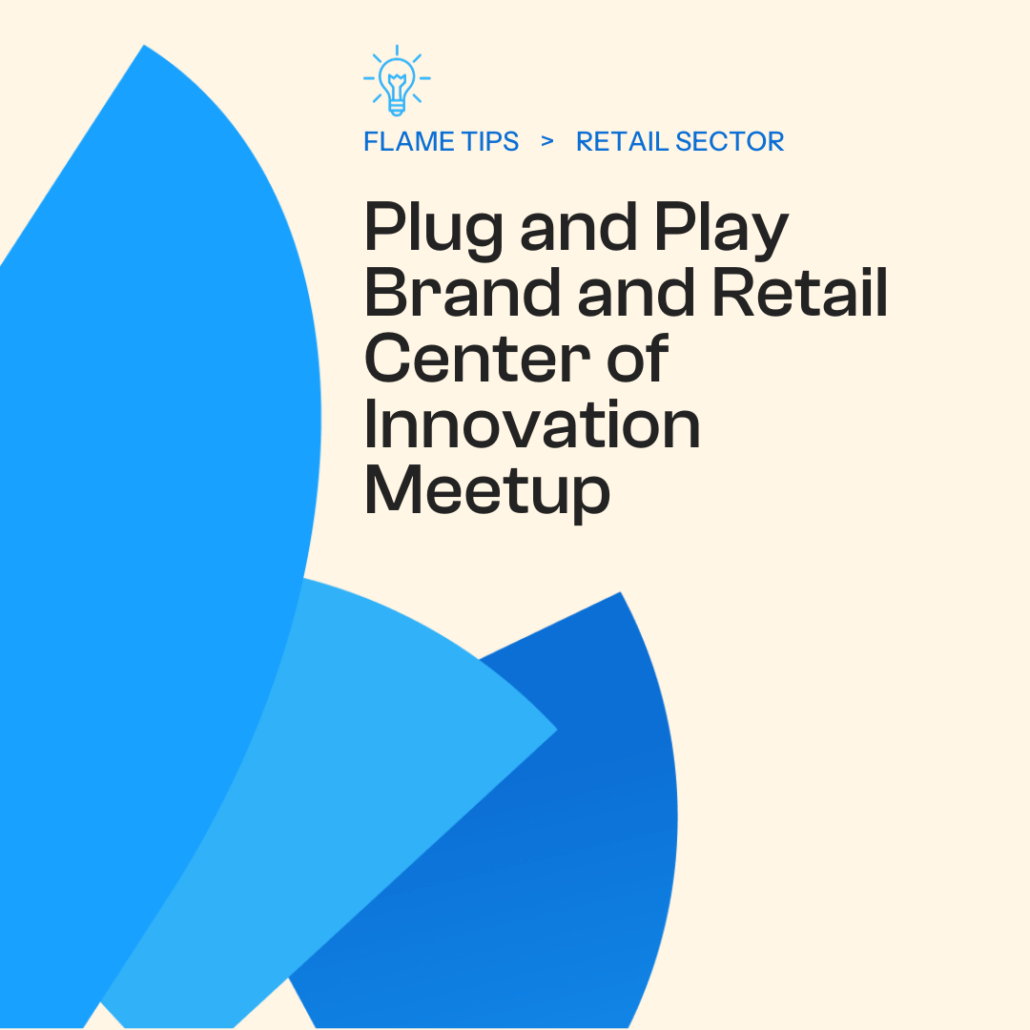While both customer retention and brand loyalty aim to generate repeat business and are vital parts of a business’s strategy, it’s essential to understand how distinctly different they are. In fact, although the terms are used interchangeably fairly often, customer retention isn’t even the same as customer loyalty.
For this reason, learning how these two concepts play a critical role in the company’s growth is crucial. It would be best to familiarize yourself with the fundamental issues you might face when trying to improve the rates and learn how to measure them correctly. Only then will you be able to overcome these obstacles and ensure that you’re making the best use of your marketing budget.
What Is Customer Retention?
Customer retention is the process of keeping your current customers engaged and satisfied with your product or service. The goal is to encourage them to continue using your business instead of switching to a competitor.
There are many different ways to achieve this. Some of the most common strategies include providing excellent customer service, responding to feedback, and constantly innovating to stay ahead of the competition.
Main Challenges of Customer Retention
Irrelevant Outreach
One of the most significant issues businesses face when trying to improve customer retention is irrelevant, poorly timed outreach. It occurs when companies fail to send marketing messages tailored to the specific needs and interests of their clients or do so at the wrong time.
As a result, customers often feel like they are being spammed with irrelevant information and are less likely to engage with the business. It can quickly lead to them becoming frustrated and will eventually make them switch to a competitor.
Whether you run a company offering blogger outreach link building services or have someone else taking care of outreach marketing for you, finding ways to connect with your clients is vital. Otherwise, you can experience a steep decline in your number of customers and endanger your business.
To eliminate this issue, companies need to segment their customer base and only send relevant information to each group. For example, you can achieve this by using data from previous interactions, such as purchase history, to create targeted marketing campaigns.
Poor Customer Service
Another fundamental problem hides behind poor, unattentive customer service. It occurs when clients cannot get the help they need or feel like their concerns are not being addressed in a timely manner. Such an approach will lead to customers taking their business elsewhere.
Poor customer service can happen due to various reasons, such as understaffed call centers, unqualified employees, or a lack of resources. Regardless of its source, it can make your business look bad and dissuade customers from coming back.
To avoid these issues, ensure that you have a sufficient number of qualified customer service representatives who are adequately trained, i.e., are familiar with the offer, and can handle customer requests with due diligence.
They also need to have the necessary resources to resolve customer issues promptly. So, investing in more equipment might be an excellent strategic move.
Lack of Resources
Speaking of which, a lack of sufficient resources, both budgetary and personnel-wise, is another significant issue for many businesses, especially small ones. Companies often find it challenging to implement changes to improve customer retention rates or maintain current ones.
If financial constraints are your primary concern, you need to look for ways to cut costs without compromising the quality of your product or service. One way to do this is by automating as many processes as possible.
For instance, you can use customer relationship management (CRM) software to automate repetitive tasks like sending follow-up emails. This solution will also help avoid hiring more people to perform time-consuming yet non-creative tasks.
Alternatively, consider outsourcing certain skill-demanding functions, such as app development or marketing. This way, you’ll save money on creating expensive separate in-house departments while still entrusting a part of your business operations to professionals.
Neglected Customer Feedback
Customer feedback is essential to customer retention as it allows businesses to understand what their clients want and need. However, many make the mistake of neglecting this valuable source of information, leaving them unable to make the necessary changes to improve customer satisfaction.
To avoid sharing their fate, you need to ensure that you regularly collect customer feedback and use it to inform your decisions. You can do this by exploring various solutions, such as conducting surveys, holding focus groups, or even reaching out to your customers directly via social media.
What Is Brand Loyalty?
Brand loyalty is when customers remain dedicated to a particular brand or product, even when faced with cheaper or objectively better alternatives. It usually occurs because the customer is satisfied with the quality of the product or service and has a positive emotional attachment to the brand. This attachment can result from various factors, including a positive brand image.
Main Challenges of Brand Loyalty
Failing to Meet Customer Expectations
Failure to meet customer expectations is the worst thing that can happen in a business-customer relationship, as the whole concept of brand loyalty builds upon establishing trust.
Unfortunately, it is becoming increasingly common for brands to underperform and disappoint their clients. As a result of such a mishap, customers often feel disappointed and are less likely to remain loyal to the brand.
This problem can happen for various reasons, including making unrealistic promises, implementing changes in product quality, or delivering unfulfilled orders.
Either way, to avoid this issue from running havoc, consider setting realistic expectations from the start. Regularly communicating with customers and constantly monitoring the quality of your product or service are also viable ways to manage their expectations.
Internal Communication Issues
Another challenge in improving brand loyalty is internal communication issues. These issues usually arise due to a lack of clarity about the brand’s objectives and identity, conflicting messages from different departments, or a lack of alignment between the marketing and sales teams.
When one of these problems comes to the surface, customers often feel confused about the message a brand is trying to convey. It can make them anxious and less likely to remain loyal.
A good idea to combat this issue is to establish clear and consistent communication internally before reaching out to your audience. While staying in touch with your clients is important, you must refrain from releasing contradictory messages, or your trustworthiness will plummet.
Creating clear brand guidelines, holding regular meetings, and involving all employees in the decision-making process will help ensure that everyone’s on the same page moving toward a joint goal.
Final Thoughts
Customer retention and brand loyalty are essential concepts in business. Thus, companies need to have a clear understanding of these subjects to be successful.
Although there are some key differences between the two, they are equally necessary for the company’s growth, as they both aim to generate repeat business. To overcome the fundamental issues associated with each one, companies need to put effort into segmenting their customer base and providing excellent customer service. Additionally, they should act on the customer feedback they’ve collected.
It might seem a lot, but if you start perceiving each aspect as a separate business strategy, you’ll achieve outstanding results and establish genuine relationships with customers. Good luck!







